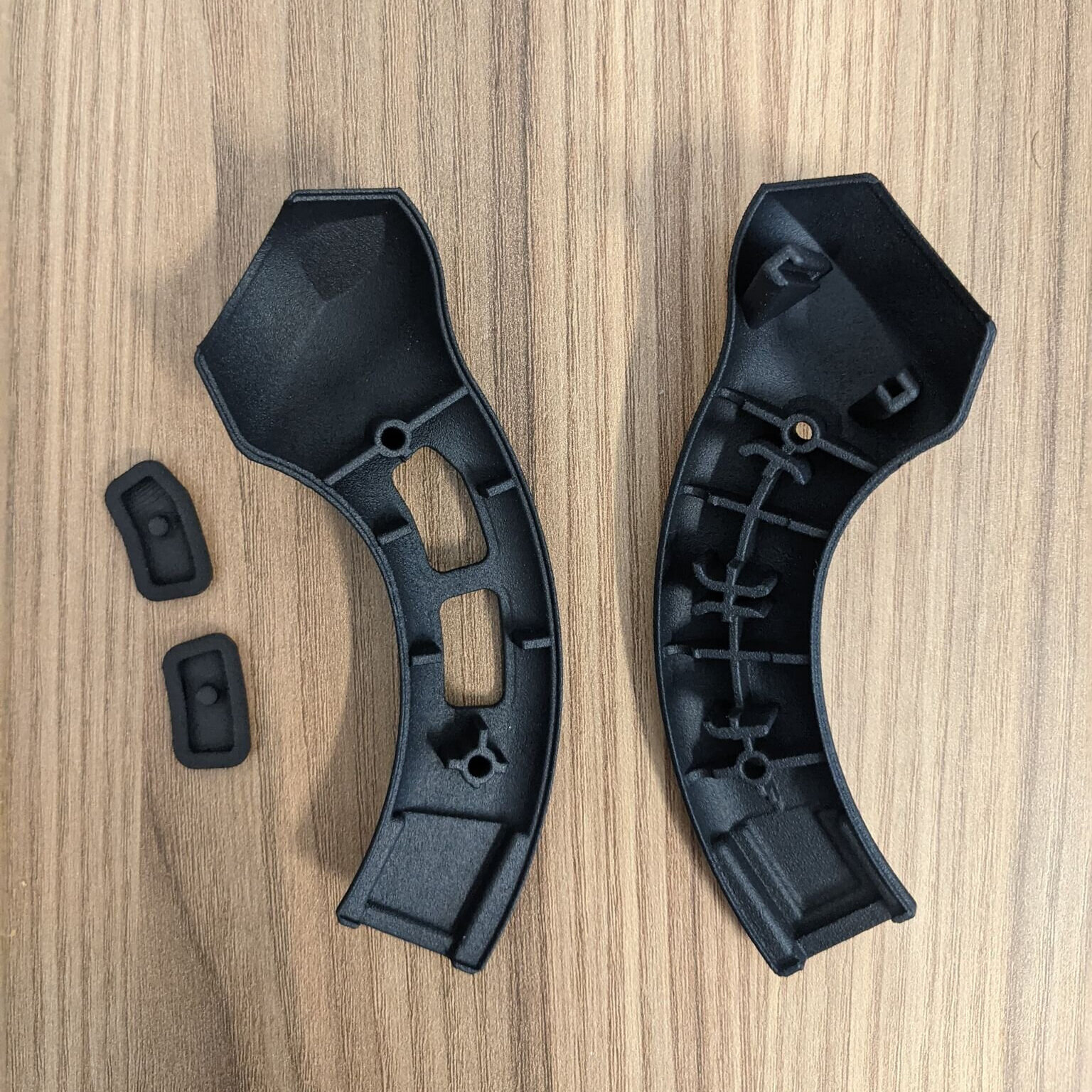
Additive Manufacturing
Design for Additive.
My work at Forge Labs has given me valuable experience designing for a variety of 3D printing technologies and materials. They each have their own strengths and constraints and many of the materials now available are excellent alternatives to traditionally manufactured polymers. This, in combination with increases in speed and capacity, makes additive manufacturing increasingly relevant in production scenarios, since it is the only way to achieve certain geometries.
I have experience designing for:
Stereolithography
Fused Deposition Modeling
Selective Laser Sintering
Polyjet
Design optimization for manufacture
I regularly review inbound CAD files for opportunities to optimize geometry for a specific manufacturing technology and material. This involves assessing the total set of constraints and determining which trade-offs to make. For instance, it is rarely possible to achieve a perfect surface finish across an entire part, and this may factor in to how I orient the part in the machine, but I also need to consider how that will affect the strength of every feature.
I often make adjustments to client designs to bring the design in line with guidelines for a particular technology.
Splits and keys for assembly
When a part doesn’t fit into the build volume of a machine, it needs to be split into multiple parts and reassembled after printing.
I have managed several split/key projects, which involves determining where best to split the part and then designing keys to aid reassembly and glueing. This can often come with stacked tolerance problems, so I need to build in offsets across the part to ensure that it is still within spec after assembly.
Offset tests
I have done several rounds of offset tests in various technologies to figure out standard values we can use to design clearance and interference fits. These values can differ between vertical and horizontal build planes since layer height becomes a factor in the Z axis.
Manufacturing aids
Many projects require significant labour after printing and it becomes increasingly valuable to seek out efficiencies at higher production volumes. I have designed tools, jigs and fixtures to aid in post processing, such as custom sanding blocks (with geometry derived directly from the part model), glueing jigs, drilling jigs, and custom vice jaws.
Mold design
I designed 3D printed fixtures for my Nonexistant Instruments project that are used for accurate positioning of components inside of a silicone mold.